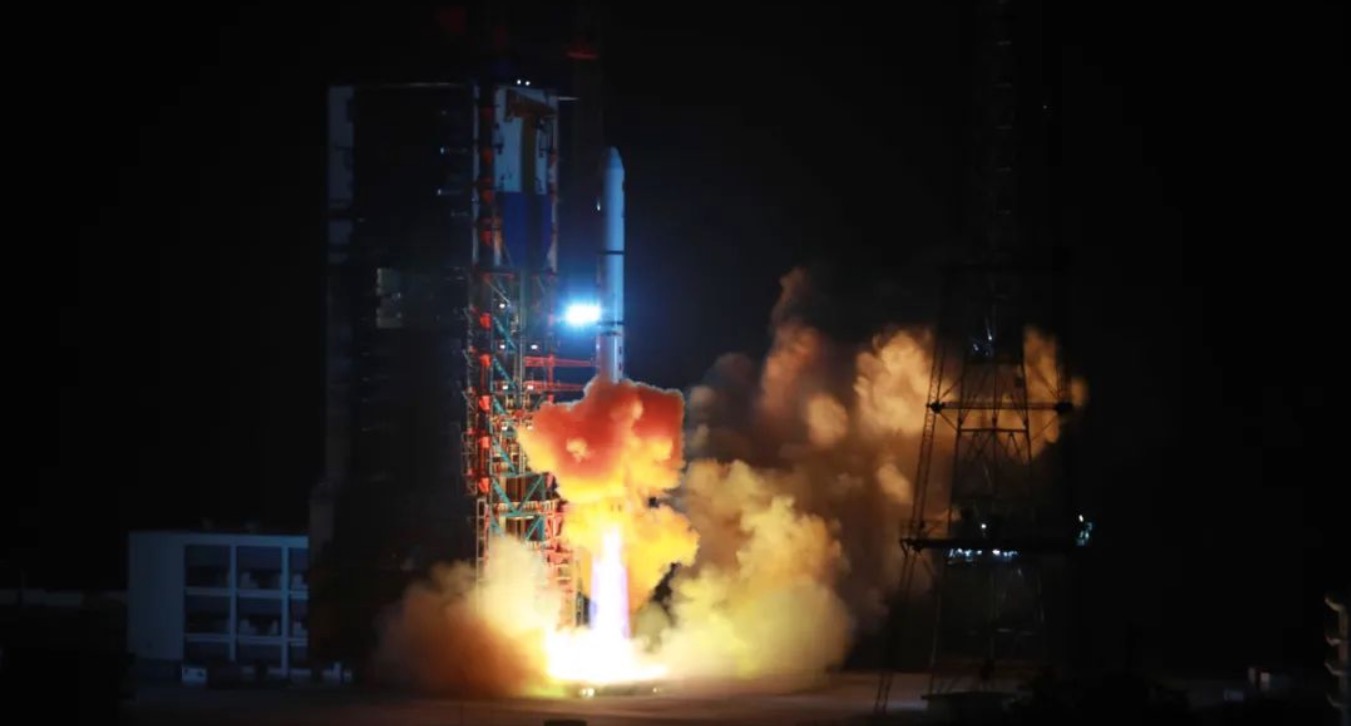
[ad_1]

China has added more satellites to its Yaogan remote sensing collection.
A Long March 2D rocket lifted off from Xichang Satellite Launch Center in southwestern China on Wednesday (Dec. 14) at 1:25 p.m. EST (1815 GMT; or 12:25 a.m. Beijing time on Dec. 15).
The China Aerospace Science and Technology Corporation (CASC) declared (opens in new tab) the launch to be a success within an hour of launch, revealing that the payload for the mission was a Yaogan 36 spacecraft.
Related: China launches mysterious Shiyan-20C satellite to orbit (video)
As with previous Yaogan 36 series launches, it is thought that the rocket carried a group of three satellites, joining three previous Yaogan 36 triplets in orbit. They are expected to join the earlier groups in roughly 300-mile-altitude (500 kilometers) orbits with inclinations of 35 degrees.
A mission patch in a press release (opens in new tab) from the Shanghai Academy of Spaceflight Technology (SAST), a CASC subsidiary and provider of the Long March 2D rocket for the launch, indicates that the payload adapter for the flight is carrying a deorbit drag sail to reduce the time it spends in orbit. SAST began adding the sails to Long March 2D launches earlier this year.
The SAST patches (opens in new tab) for Yaogan 36 missions feature waves with shapes resembling islands in the South China and Philippine seas, suggesting a focus on maritime observation in the region.
China typically describes Yaogan satellites as being designed for uses including gathering scientific data, conducting land surveys and monitoring agriculture. However, the secrecy surrounding the satellites leads analysts outside of China to believe that the satellites also have military capabilities and stakeholders.
The launch was China’s 61st of 2022, and the 50th Long March rocket launch of the year, meaning China has already surpassed the national record for launches in a calendar year it set last year.
Follow us on Twitter @Spacedotcom (opens in new tab) or on Facebook (opens in new tab).
[ad_2]